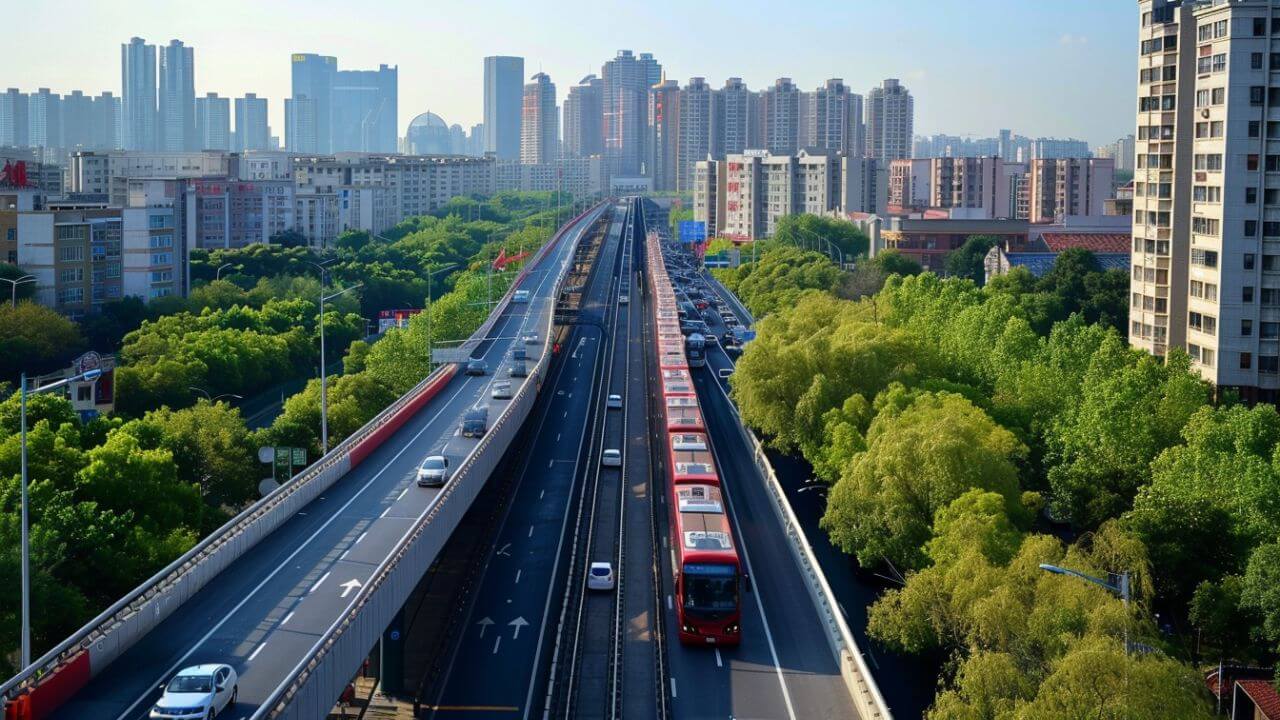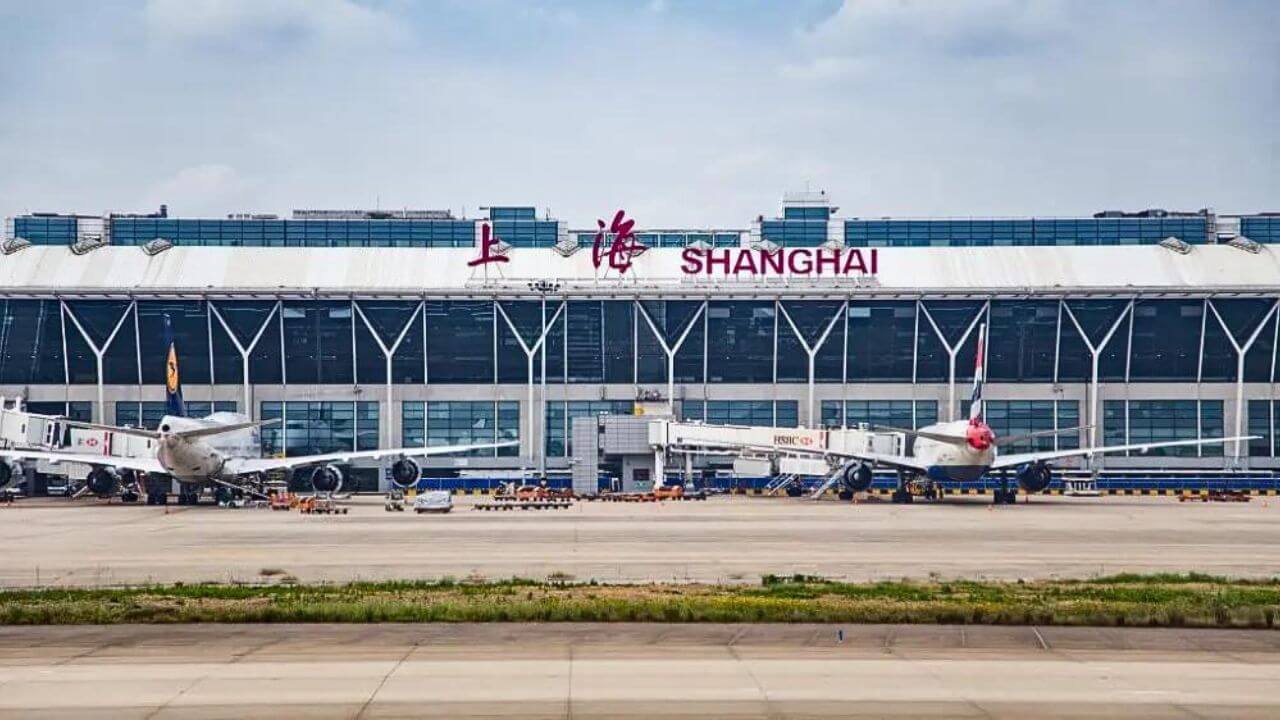Shanghai transportation is known for its efficiency and modernity, which gives the city’s status as a global metropolis. The backbone of the city’s public transport system is the extensive metro network, which includes 19 lines covering nearly every part of Shanghai. The metro is fast, reliable, and affordable, making it the preferred choice for both locals and visitors. In addition to the metro, Shanghai boasts an extensive bus network with over 1,000 routes, offering comprehensive coverage of the city and its surrounding areas.
Taxis and ride-sharing services like Didi are widely available and convenient for door-to-door service, though traffic can be heavy during peak hours. For those who prefer a more scenic route, the Huangpu River ferry provides a unique way to travel between the city’s eastern and western banks. Shanghai’s transportation system is complemented by its well-connected airports and high-speed rail services, making it easy to travel both within the city and to other parts of China.

Getting to Shanghai
By Air:
- Shanghai Pudong International Airport (PVG): The main international gateway, located 30 km east of the city center. Handles most international flights.
- Shanghai Hongqiao International Airport (SHA): Closer to the city center, mainly serving domestic flights and some regional international flights.
By Train:
- Shanghai Hongqiao Railway Station: The largest railway station in Asia, offering high-speed trains to major cities like Beijing, Hangzhou, and Suzhou.
- Shanghai Railway Station: Serves regular and high-speed trains, connecting Shanghai with many destinations across China.
- Shanghai South Railway Station: Handles mostly regional and slower trains.
By Bus:
- Long-distance buses connect Shanghai with nearby cities and provinces. Major bus terminals include the Shanghai Long-Distance Bus Terminal and the Shanghai South Long-Distance Bus Station.

Transportation Within Shanghai
Metro:
- Extensive Network: 19 lines covering most areas of the city.
- Operating Hours: 5:30 am to 11:30 pm.
- Fares: ¥3-¥9 based on distance.
- Tips: Use the Shanghai Metro app for route planning and real-time updates.
Bus:
- Over 1,000 Routes: Cover the entire city and its suburbs.
- Fares: ¥2 for regular buses, ¥3-¥5 for air-conditioned buses.
- Tips: Buses can be crowded during peak hours; keep small change or a transportation card handy.
Taxis and Ride-Sharing:
- Taxis: Readily available; fares start at ¥14 for the first 3 km.
- Ride-Sharing: Didi Chuxing is the main app used, similar to Uber.
Maglev Train:
- Route: Connects Pudong Airport to Longyang Road Station.
- Speed: Reaches up to 430 km/h, making it the fastest commercial train in the world.
- Fares: ¥50 one-way, ¥80 round-trip.
Bicycles:
- Bike-Sharing: Services like Mobike and Ofo, are accessible via mobile apps.
- Bike Lanes: Extensive network of bike lanes throughout the city.
Ferry:
- Routes: Cross the Huangpu River, connecting Puxi and Pudong.
- Fares: ¥2-¥3 per trip.
Shanghai transportation system is a model of modern urban mobility, combining efficiency, convenience, and accessibility. Whether you’re navigating the city by metro, bus, taxi, or ferry, getting around Shanghai is straightforward and user-friendly. Using the Shanghai city transportation you can easily visit all the major attractions in and near the city.

Helen Wang
Travel Advisor & Guide Expert
I started my travel career in 2005 and have since become an expert in Tibet and China’s travel destinations and helping travelers plan unforgettable trips.
For expert travel advice to China or Tibet, feel free to contact me.